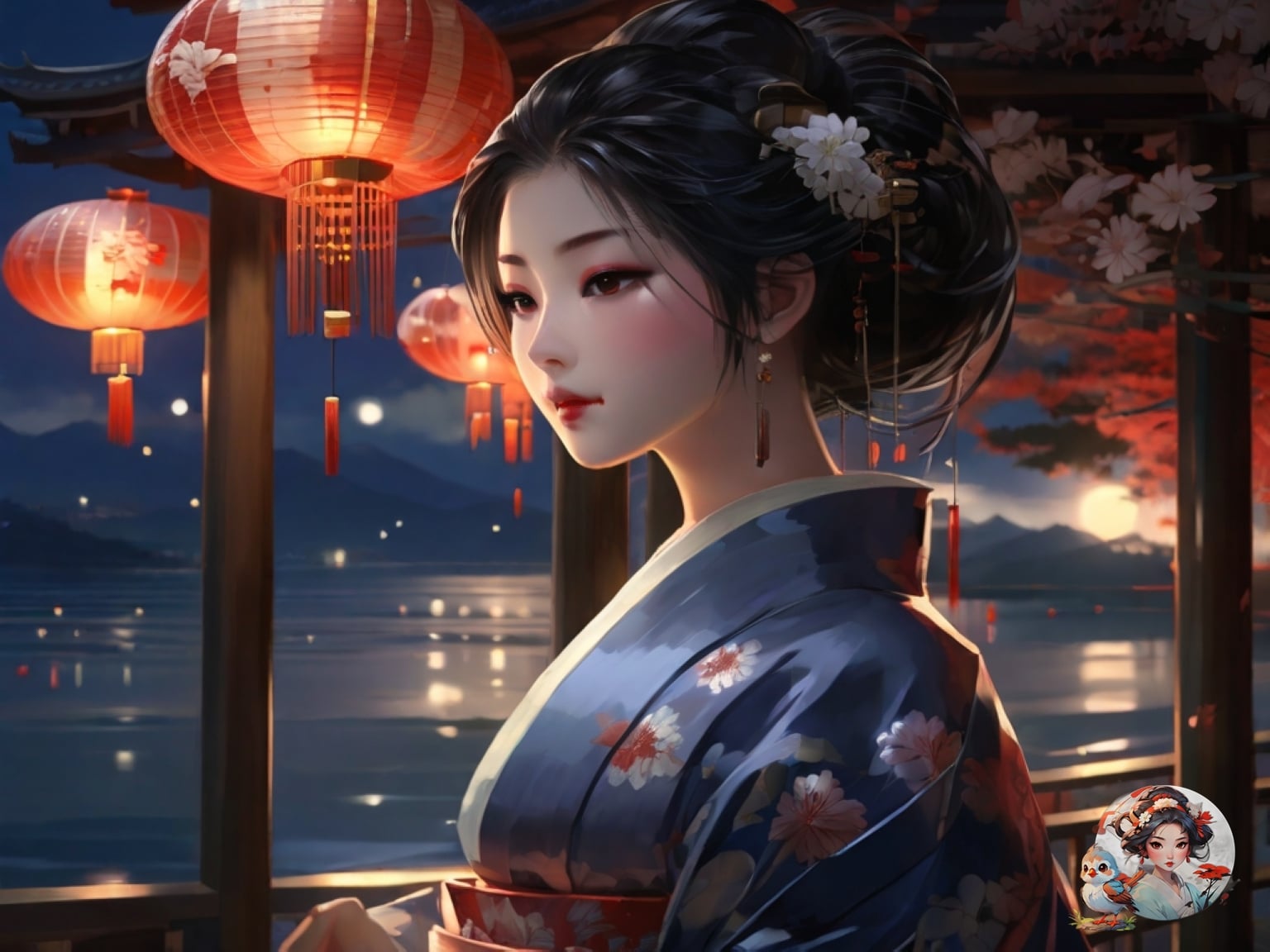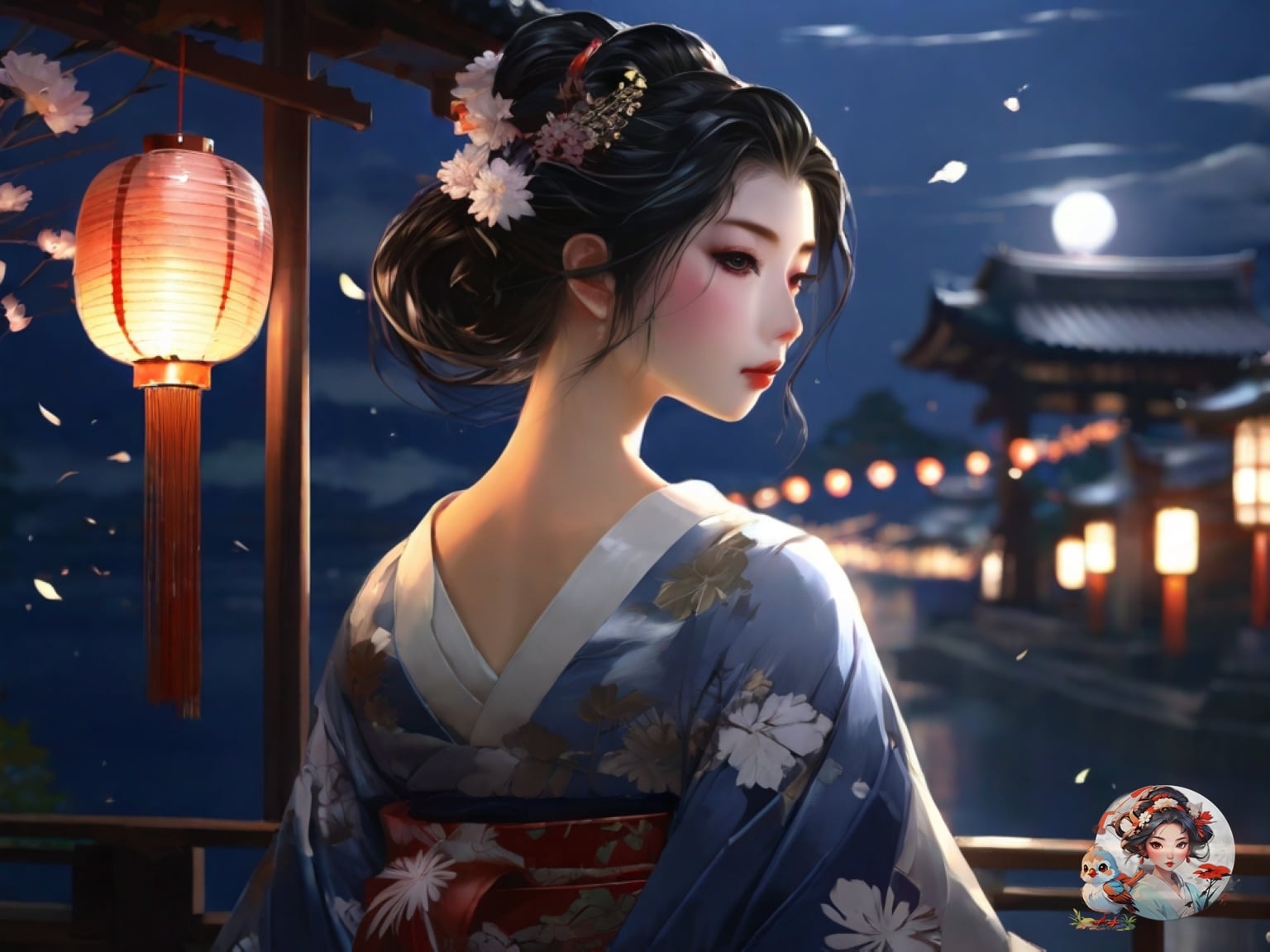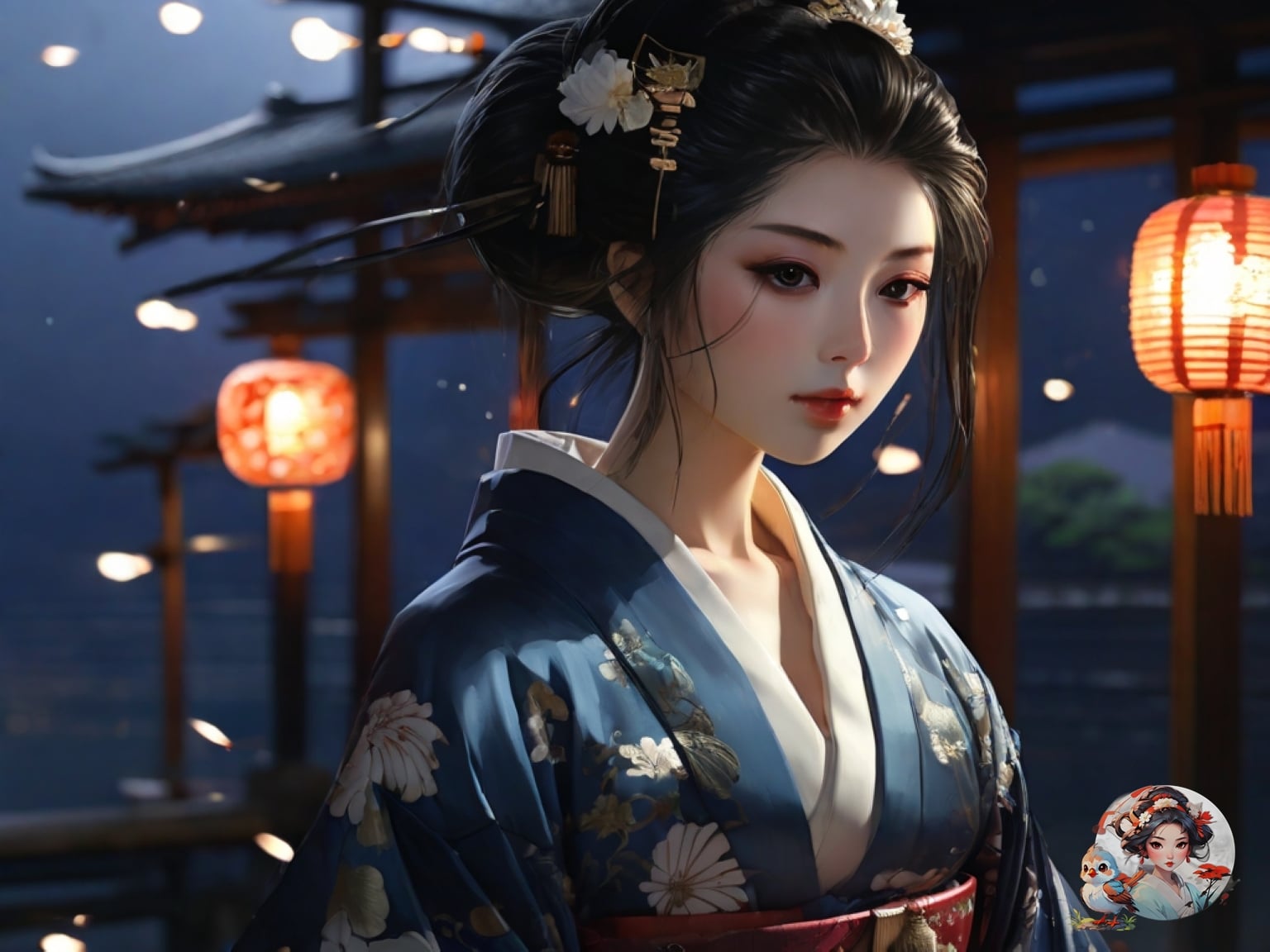The world of geisha is filled with art, tradition, and grace that has captivated people worldwide. With a rich history and cultural significance, geisha are more than just entertainers. Through their rigorous training, mastery of traditional arts, and commitment to strict aesthetic standards, they have become iconic symbols of Japan’s heritage.
As we explore their world, we’ll uncover the mysterious charm of the geisha, their profound impact on preserving Japanese culture, and the elegance they bring to traditional arts.
Table of Contents
ToggleGeisha are highly skilled professional entertainers in Japan who undergo rigorous training in traditional art forms to entertain guests in exclusive districts called Hanamachi. They embody the elegance and grace of traditional Japanese arts, challenging gender roles by mastering skills typically associated with men, such as playing instruments and engaging in intellectual conversations.

Through their performances, they showcase artistry and sophistication that transcends gender stereotypes. The geisha’s ability to navigate and excel in a male-dominated society challenges societal norms and perceptions, making them symbols of empowerment and cultural change.
Their influence extends beyond their artistic talents, representing a fusion of tradition and modernity, captivating audiences with their performances and breaking barriers in gender roles.
The geisha’s role as professional entertainers in Japan has evolved alongside traditional art forms and cultural shifts, reflecting a complex interplay of tradition and societal change throughout history.
Geisha’s elegant attire, including the iconic kimono, obi sash, and elaborate hair ornaments, has inspired fashion designers worldwide. Their timeless aesthetic continues to captivate the fashion industry, serving as a muse for modern interpretations and runway collections.
In popular media, geisha have been depicted in various ways, shaping global perceptions and shedding light on their enigmatic world. Their portrayal in literature, film, and art has raised questions about authenticity and cultural representation, contributing to a more nuanced understanding of the geisha tradition.
The traditional makeup of geisha is a beautiful art form that reflects Japan’s rich cultural heritage and refined aesthetic. It symbolizes the grace and elegance of the profession, showcasing meticulous precision and artistry. The techniques used in geisha makeup application are deeply rooted in tradition, creating a flawless canvas for their performances. Geisha use a special wax called Abura and a white foundation called Oshiroi to paint their faces and necks white, achieving a porcelain-like complexion.
Delicate lines on the back of their necks create an illusion of length and slenderness. The finishing touches include precise application of black eyeliner, mascara, and vibrant red lipstick, enhancing the mesmerizing allure of the geisha. This makeup tradition is a significant part of Japanese culture and has been passed down for centuries.
Training to become a geisha involves a challenging and thorough program that teaches various traditional arts and cultural practices. The journey requires dedication and perseverance to master intricate dance routines, traditional Japanese instruments like the shamisen, the art of the tea ceremony, and skills in drum instruments and calligraphy.

Navigating the hierarchical structure within the geisha community also demands emotional and mental resilience. Becoming a geisha is not just about mastering traditional arts, but also about developing discipline and unwavering dedication.
After completing a demanding training program, aspiring geisha undergo a thorough selection process to become professional members of the geisha community. This process includes interviews, evaluations, and sometimes requires a personal introduction.
Some okiya (geisha houses) accept applications via email or telephone, and candidates must submit a photo, complete a survey, and obtain parental approval. This careful selection process ensures that only the most dedicated and qualified individuals become geisha, preserving the esteemed traditions and cultural significance of the profession.
Geisha also play a vital role in attracting visitors to the exclusive districts where they work and perform, known as Hanamachi. Their presence enriches the cultural experience for both tourists and locals, as they serve as modern-day ambassadors of traditional Japanese culture.
The Hanamachi districts are incredibly important to geisha, shaping their daily lives and traditions. These districts are not just where geisha work, but they are also at the very core of their existence, offering a glimpse into the fascinating world of geisha.
Geisha district attractions
Geisha district traditions
Geisha are vital for preserving Japanese culture by dedicating themselves to mastering and showcasing traditional arts and customs. Their impact on fashion and role in tourism are significant aspects of this preservation.
Geisha greatly influence Japanese fashion, inspiring designers and fashion enthusiasts worldwide with their iconic kimonos, elaborate hairstyles, and unique accessories. Moreover, they attract tourists who seek to experience the elegance and artistry of traditional Japanese entertainment.
Through their performances, interactions, and the ambiance of the Hanamachi districts where they work, geisha provide an authentic and immersive cultural experience for visitors, thus playing a crucial role in perpetuating and appreciating Japan’s rich cultural heritage.
Geisha’s expertise in traditional arts is showcased through their mastery and performance of various art forms, demonstrating a deep understanding and commitment to preserving Japan’s cultural heritage. Their impact on tourism and influence on fashion evoke a sense of admiration and fascination:
Geisha’s impact on Japanese society is profound and multifaceted. Their traditional attire, including beautifully crafted kimonos and intricate hairstyles, has influenced modern fashion trends. This has not only captivated tourists worldwide but also plays a vital role in promoting tourism and preserving Japan’s cultural heritage.
Geisha serve as cultural ambassadors, showcasing Japan’s rich traditions through their performances, enriching the nation’s cultural tapestry. Their presence not only preserves traditional arts but also contributes to the country’s economic and cultural vitality.
In today’s society, people have developed a more complex and nuanced perception of geisha, blending tradition, artistry, and cultural representation. This has sparked a mix of fascination, admiration, and respect for these iconic figures, especially in popular culture. The enigmatic allure of geisha continues to captivate audiences, igniting curiosity and a desire to understand their world.

Their graceful and elegant portrayal in popular culture evokes a sense of admiration and respect for their dedication to traditional arts and customs. This evolving modern perception of geisha reflects a deep appreciation for their traditions and the artistry they embody.